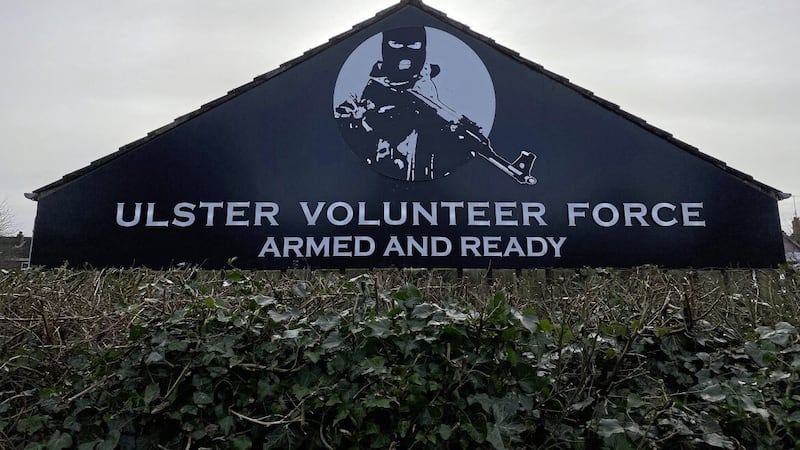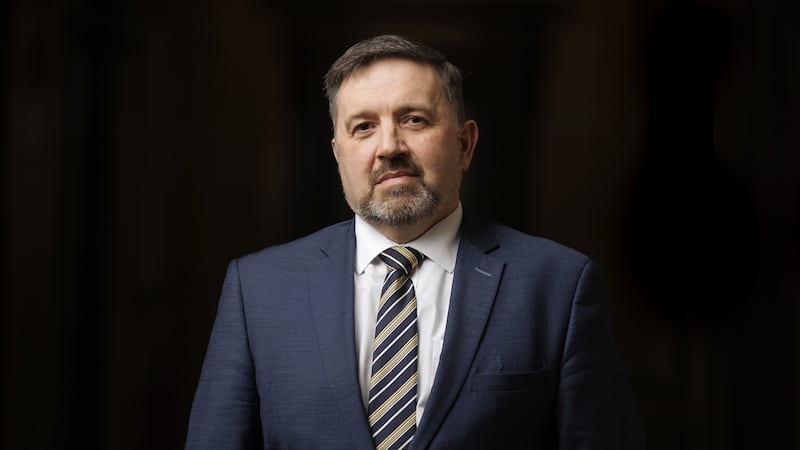On March 24 1972, William Whitelaw was appointed Secretary of State for Northern Ireland, after Brian Faulkner’s cabinet had refused to accept that security policy would be transferred from Stormont to Westminster.
Four days later the NI Parliament met for the last time and Whitelaw, through the Northern Ireland Office, assumed full responsibility for day-to-day governance.
It was an extraordinarily difficult time: loyalist paramilitary groups were angry that ‘their’ parliament had been prorogued, meaning that a unionist government was no longer responsible for the ‘war against the IRA’.
The IRA, on the other hand, recognised the shift in power from Belfast to London as a sign that its tactics might be paying off. Indeed, so pleased was it by the turn of events that on June 26 – after weeks of increasing violence – it declared what it described as a ‘bilateral truce’; creating a space for intermediaries to discuss a path towards a permanent cessation of violence.
I’m not sure whether it had already been tipped off that more substantial negotiations were a possibility, but on July 7 Whitelaw, along with others from the British side, met an IRA delegation (including Gerry Adams and Martin McGuinness) in London. We now know what the Provisionals wanted: a public declaration that the Irish people as a whole should decide the future of Ireland; the withdrawal of all British troops from Irish soil by January 1975; pending the withdrawal, all troops should be withdrawn immediately from ‘sensitive areas’; and a general amnesty for all political prisoners, internees and persons on the wanted list.
A few years later, in February 1975, NIO Minister of State David Howell said, in an interview with The Times, that the thinking at the time was that the government wanted to show that everything had been tried, including a truce and secret meeting – the end purpose of which was proving that the IRA was only interested in violence.
The IRA’s demands were certainly too sweeping, too unacceptable for the government to accept and the ‘exploration’ ended in the collapse of the truce.
A matter of weeks later, on September 24, the government convened an inter-party conference at Darlington – only the UUP, Alliance and NILP attended – followed by a discussion paper on October 30, on NI’s political future which, for the first time, acknowledged the need for the recognition of an ‘Irish dimension’.
Again, whether that would have been placed on the agenda in the absence of earlier talks with the IRA we cannot know, although it is fair to conclude that it certainly looked like a nod of recognition to the July demand about ‘the Irish people as a whole...’
That meeting with the IRA was and remains hugely significant because it confirmed that the British side was prepared to talk/negotiate/explore solutions and options with the IRA. More than that, of course, because we now know that there were back-channel conversations and exchanges – sometimes directly, sometimes through intermediaries – all the way through until the signing of the Good Friday Agreement. And it wasn’t just the British and IRA.
Successive governments (including the Irish and American) reached out to everyone reckoned to have a part to play in any eventual solution. The intense negotiations in 1997/98 didn’t just begin from scratch; they were the culmination of a process which had begun on July 7 1972.
The process continues. On Wednesday it was confirmed that Simon Hoare, chair of the NI Affairs Committee, had a series of meetings with people described as ‘representatives’ from loyalist communities. He might not have known the specific role, titles, connections and names of some of the people he met, but there can be no doubting the fact that some would have or had links to loyalist paramilitarism as well as loyalism more broadly.
These meetings aren’t an exchange of tea, sandwiches and pleasantries: and while Hoare says he wasn’t there as a conduit for the government, he was certainly there to be informed of some political realities, in the expectation that he would pass on those realities to people in the NIO and Downing Street.
Also, don’t underestimate the significance of his statement that he would talk to the New IRA and Saoradh and “anybody in and around Northern Ireland who is prepared to talk to me”.
That’s how this process of resolving or stalemating problems works in Northern Ireland. That’s why the NIO, Downing Street, NI Affairs Committee and assorted intelligence agencies are determined to find out what the representatives of loyalist paramilitarism are thinking and what they need to row them in behind the GFA again. The fact that they are willing to talk is important, because talking usually involves a hint of possible compromise and shift further down the line. And, as has been accepted since 1972, stability is only possible if all the key players support stability.
But what is the role of loyalist paramilitarism now? Over the years – and at private meetings – I have heard members claim their role was to protect their communities from the IRA, in other words a counter-terrorist role.
Personally, I find that argument as weak as Michelle O’Neill’s there was ‘no alternative’ defence of the IRA campaign; but all terrorism seeks a justification of some sort. Yet if the IRA is not posing a terrorist threat why do the loyalist paramilitaries still exist, so publicly and still recruit, so below the radar? While they are being talked to it’s probably worth asking them questions like that.
There is a fact of life we need to face. We remain in conflict stalemate rather than conflict resolution: without an agreed shared future, an agreed understanding of the past or an agreed agenda for the present. There is a lot of mistrust and uncertainty. While that remains the case back-channel communications and uncomfortable conversations will be part and parcel of everyday life here. I don’t expect it to change anytime soon.








